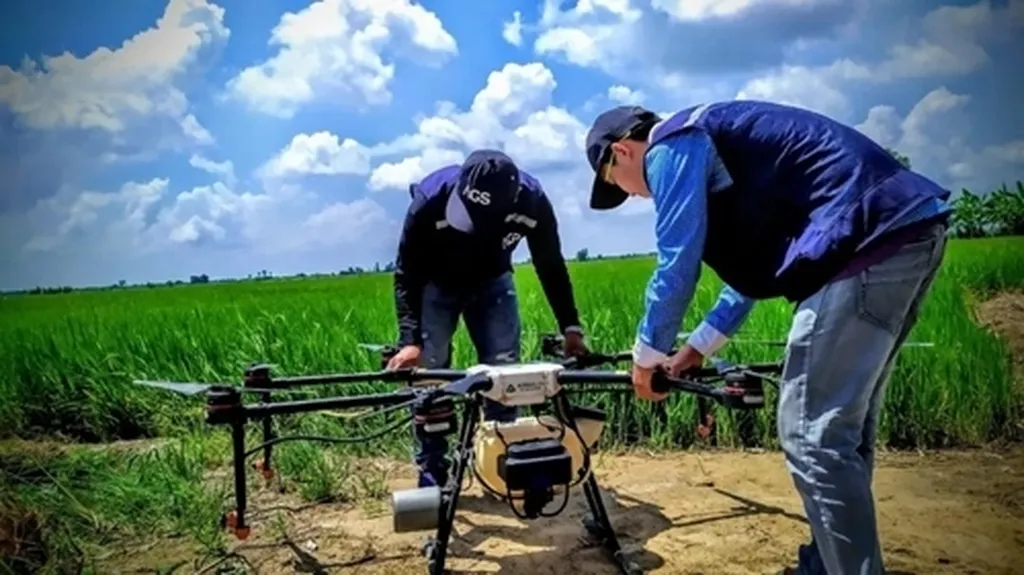(Photo: VGP)
Vietnam’s agricultural sector is quietly undergoing a digital transformation, though adoption remains uneven. Speaking at a forum organized yesterday by the Center for Trade and Agriculture Promotion, Deputy Director Nguyen Kim Phuc of the Department of Digital Transformation highlighted both progress and persistent gaps in the country’s push toward high-tech farming.
Currently, Vietnam has around 290 high-tech agricultural enterprises—just 3 percent of the sector—alongside 690 high-tech production zones and nearly 2,000 cooperatives incorporating advanced technologies. While these figures suggest modest uptake, Phuc emphasized that they also signal significant room for growth. One of the most visible shifts is in smart mechanization, with roughly 3,000 drones already in use for tasks like pesticide spraying and crop monitoring. Digital fields, where data-driven decision-making replaces traditional methods, are also expanding, offering a pathway to greater efficiency and sustainability.
Traceability and quality control have seen notable improvements, thanks in part to blockchain and IoT applications. Thousands of exported agricultural products now feature growing area codes and QR codes, helping Vietnamese producers meet stringent international standards. These advancements are critical as the country seeks to strengthen its position in global markets, where transparency and compliance with food safety regulations are increasingly non-negotiable.
Yet, the transition is far from seamless. Infrastructure limitations in rural and mountainous regions remain a major hurdle. Unstable 4G coverage and insufficient broadband access drive up operational costs for IoT devices and drones, making them less viable for small-scale farmers. Compounding the issue is an aging farming population, many of whom lack the technical literacy or resources to adopt new tools.
To bridge these gaps, the Ministry of Agriculture and Environment has outlined a plan to bolster rural telecom and IT infrastructure by 2025–2030. The goal is to ensure universal broadband access, reliable 4G and 5G coverage, and near-total smartphone penetration in every village and hamlet. Such improvements would lower barriers to entry for digital farming tools, enabling broader participation in the sector’s modernization.
The implications of this push extend beyond productivity. A more connected agricultural sector could enhance resilience against climate change, improve supply chain transparency, and create new economic opportunities for rural communities. However, success will depend not just on infrastructure upgrades but also on targeted training programs to equip farmers with the skills needed to leverage these technologies effectively.
For now, Vietnam’s agricultural digitalization remains a work in progress—one where incremental gains are laying the groundwork for larger systemic change. The challenge lies in ensuring that progress is both swift and inclusive, leaving no region or farmer behind.

